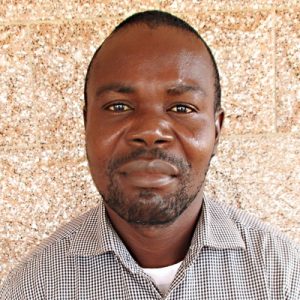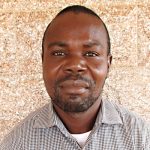Targrin used to be a very rural part of the chiefdom despite the fact that it is the gateway to Sierra Leone. This community is steadily being transformed into a fishing community and this means that more people are moving here.
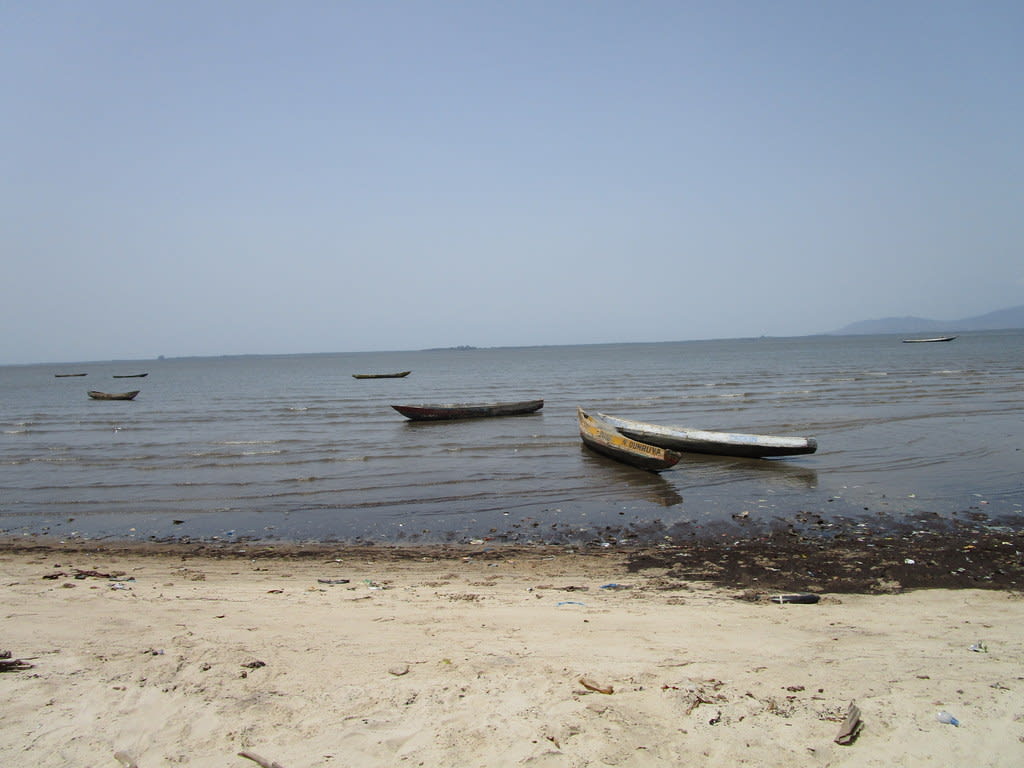
As a result, every available space is being used to build a home. The community has no regular plan, so the new houses are scattered in every direction. Because of the high population density, this community is very noisy.
Targrin Health Post is a health clinic that serves more than 10,000 people in this area. The concept for a health center in this community was developed by the community people themselves.
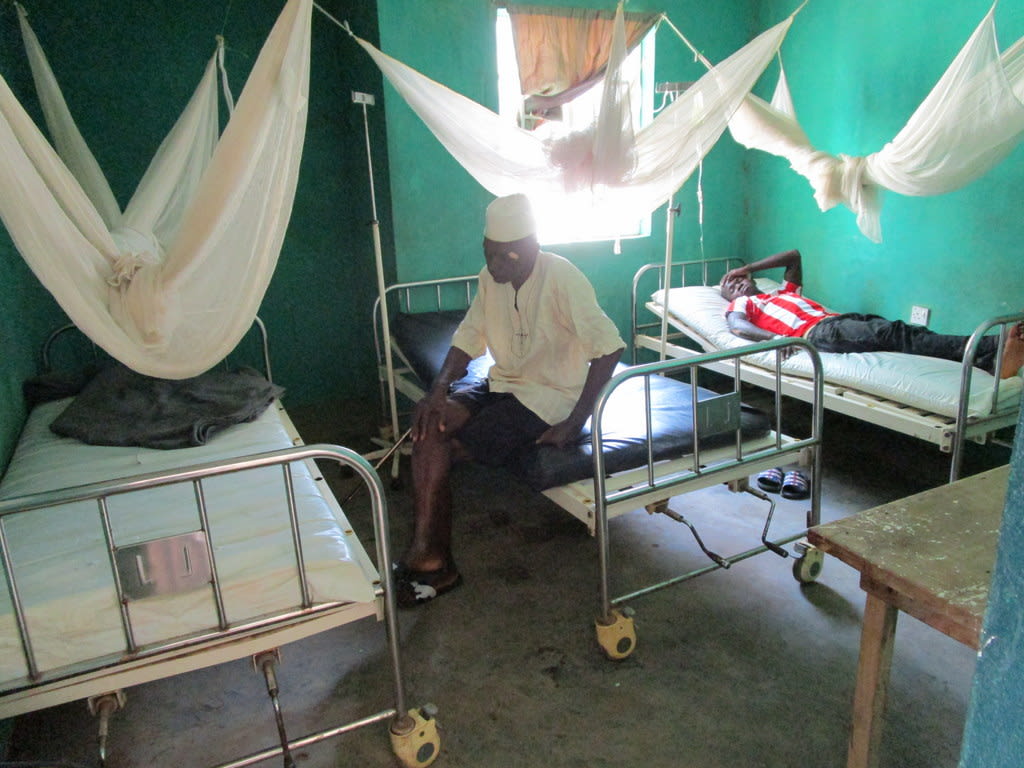
The normal day for staff starts at 8:00 am with cleaning the clinic's environment before the arrival of patients. The process will last for at least an hour, after which they start seeing patients with different health complications. They work up until 6:00 pm and then they go home.
There is a well on the clinic grounds used by local community members and people at the clinic, but it is not closed with a pump. That means the clean water in the ground is contaminated by the containers and other debris that fall in when people open the hatch to fetch water. Lowering a bucket down also slows down the process of fetching water, which forces people to use other sources including an open swamp.
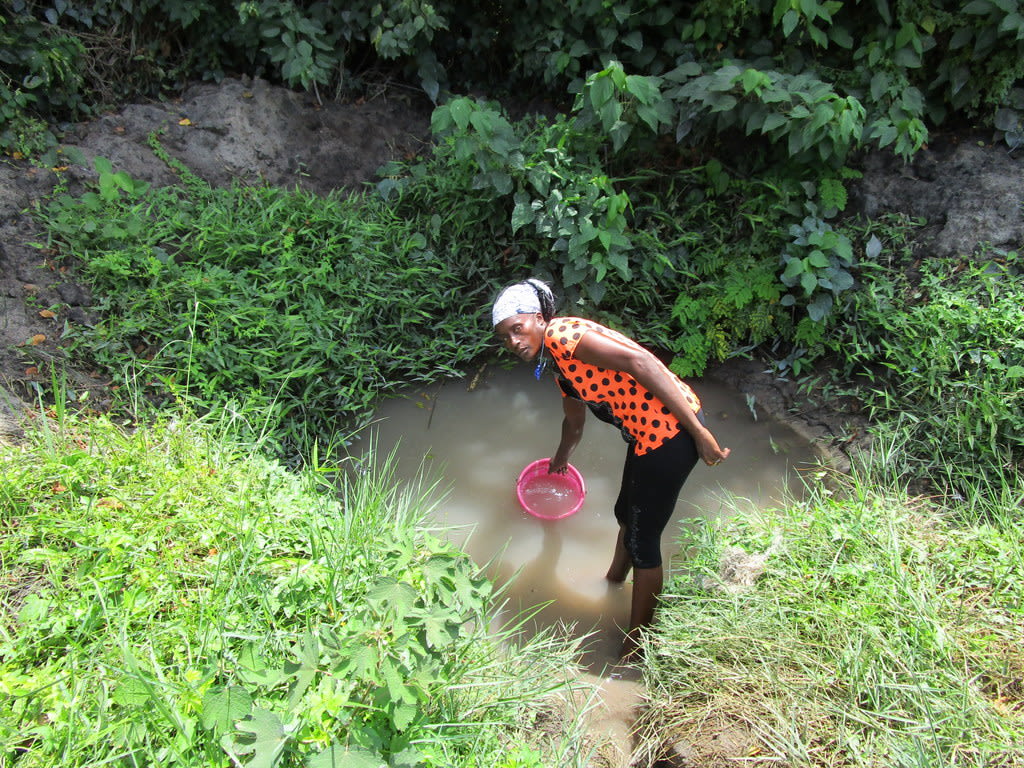
The leading cause of death in this community is malaria. This is the result of poor hygiene and sanitation, which leads to heavy mosquito breeding grounds. One factor leading to this poor hygiene is a water shortage. Second to malaria is cholera and diarrhea. The desperate need for water directs the people to use very contaminated sources like the swamp. So in the rainy season, cholera and diarrhea become prevalent.
It is also a problem for the health clinic. When the well runs out of water, the staff rely on community members to fetch water to meet their needs. In medical emergencies, such a water shortage can impact the health outcomes for patients.
"We as health officers are trying to maintain our institution’s hygiene and sanitation to an average level at least. And water shortage is impeding that. But with a reliable water supply, our hygiene will be appreciable," said health worker Abdulai Songa.
Here’s what we’re going to do about it:
Hygiene and Sanitation Training
There will be hygiene and sanitation training sessions offered for 3 days in a row.
No handwashing stations were observed here. After our visit, the hygiene and sanitation trainer decided it would be best to teach clinic workers and community members how to build a tippy tap (a handwashing station built with a jerrycan, string, and sticks). They will use these tippy taps for handwashing demonstrations, and will also teach about other tools like dish racks and the importance of properly penning in animals.
These trainings will also strengthen the water user committee that manages and maintains this well. They enforce proper behavior and report to us whenever they need our help solving a serious problem, like a pump breakdown.
Well Rehabilitation
The well marked for this overhaul is dry for four months every year and needs major work to supply adequate, clean water to the community year-round. The pump will be removed, and a hand auger will be lowered inside and powered by a drill team. This hand auger will allow the team to drill several meters deeper to hit a sufficient water column that will ensure the well supplies water throughout all seasons.
As the team drills, casing will be installed, transforming the bottom of this hand-dug well into a borehole. PVC piping will connect this lower system directly to the pump, a construction that we know will also improve the quality of water.
Once this plan is implemented, everyone at the clinic and the surrounding community will have access to safe drinking water in both quality and quantity, even through the dry months.

 Borehole Well and Hand Pump
Borehole Well and Hand Pump









